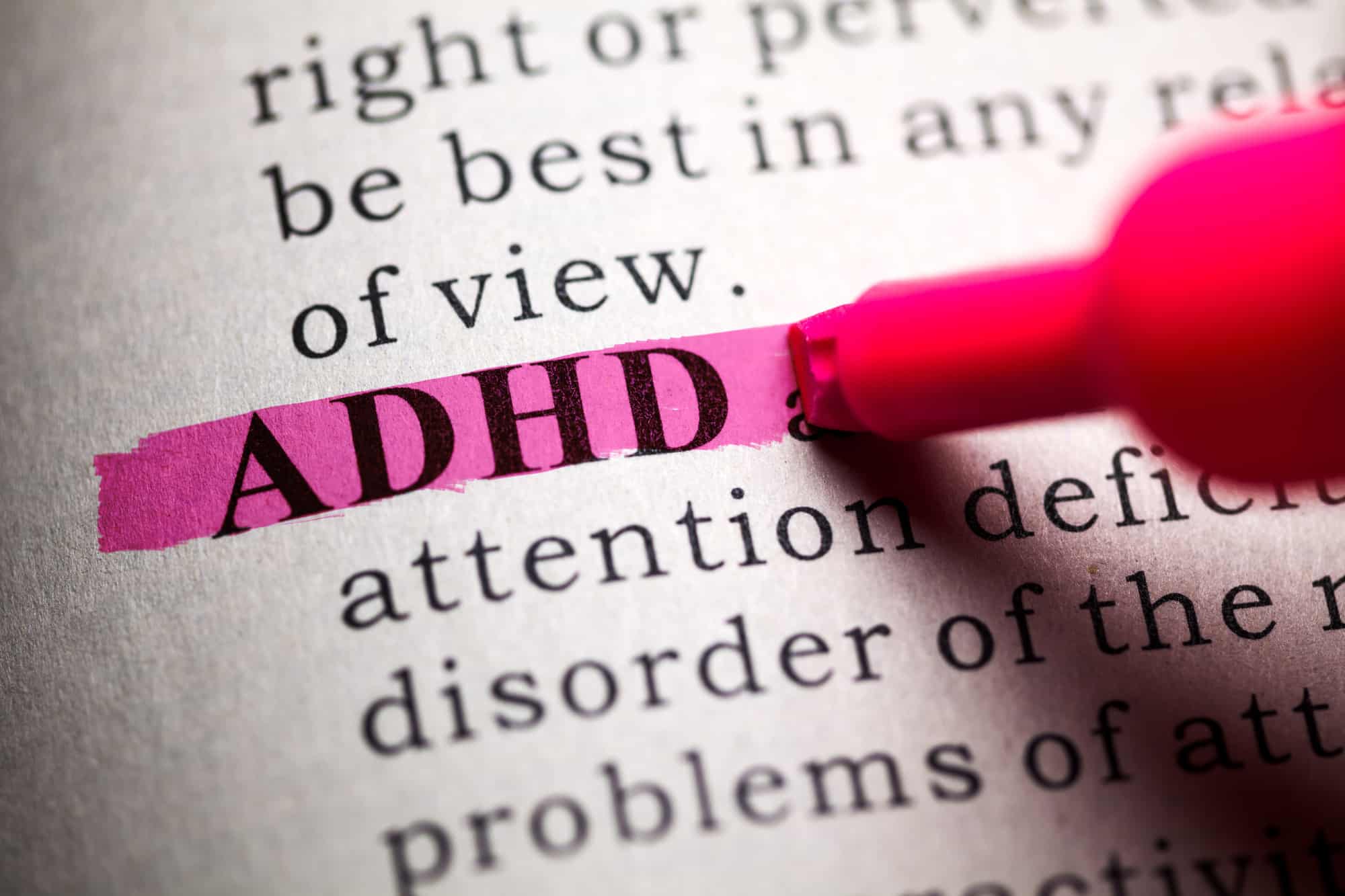Children with ADHD have a difficult time in school because they have trouble keeping focus, controlling their emotions, and following instructions. Many times, they aren’t able to follow ADHD and diet plans.
Though a challenging task, you can get creative when teaching your child about the benefits of eating a meal plan appropriate for their body. Here are a few helpful tips for creating a meal plan for your child or teen with ADHD.
Identify Food Allergies and Intolerances
Food allergies can cause hyperactivity and restlessness, which are symptoms of ADHD. An elimination diet might be a good place to start to identify which foods you might be allergic to.
By removing certain foods and eating those which have proven to be safe, a person can see if abstaining from certain foods results in an improvement in their ADHD symptoms.
An elimination diet to identify food intolerances can help to identify which foods contribute to hyperactivity and restlessness. Knowing which foods to avoid in the long run helps to control and calm the symptoms associated with ADHD.
Making Healthier Food Choices for ADHD
Start with a variety of proteins, grains, Dairy, fruits, and vegetables. Try reducing processed foods, simple carbohydrates, and artificial sweeteners, as they can disrupt blood sugar levels.
Planning and creating an easy-to-follow meal plan can help improve attention and focus. Timing meals and snacks throughout the day are also important to avoid energy dips. This is essential to an ADHD-friendly diet.
When possible, avoid skipping meals, as this can lead to overeating. Taking regular breaks to recharge and get outside can also help restore daily balance and reduce fatigue.
With this, a concentration supplement may also help with providing the right nutritional needs for any present mental and physical challenges.
Explore Nutrient-Dense Foods to Improve Attention
A meal plan composed of nutrient-dense foods is the best way to get the most out of your dietary influence. A nutrient-dense meal plan can consist of high-protein proteins like quinoa and beans.
Healthy fats like coconut oil and avocados, and unprocessed whole grains like oats and brown rice. Food sources with high amounts of magnesium, zinc, and omega-3 fatty acids.

Also, iron, such as pumpkin or sunflower seeds and leafy greens, should be included. Adding prebiotic and probiotic foods such as bananas and yogurt can also be beneficial.
Eating a varied and balanced diet rich in nutrient-dense foods will help increase focus, provide energy, and improve overall physical and mental well-being in those with ADHD.
Individual Meal-Size Packages
By providing pre-portioned and nutritionally balanced dishes, these meal sizes can save time and promote healthy eating. Since all of the nutritional values are already outlined in the package, a meal plan can be easily tailored to meet dietary needs.

Individual meal-size packages can be easily adjusted for calorie, nutrient, and portion size and can be included in an overall meal plan for ADHD adults.
As a result, these packages provide a simple, convenient, and comprehensive solution for people looking to manage their ADHD through diet and nutrition.
Learn More About ADHD and Diet Starting Today
All of these factors have an impact on ADHD and diet. After taking the time to examine each type of food and its effects, a meal plan that fits dietary needs can help to lessen symptoms. Take the time to plan out meals, shop and prep to create the best diet possible.
So, what are you waiting for? Try it out and experience the changes in meal planning with ADHD!
Did you find this article helpful? Check out the rest of our blogs!
People Also Ask:
- Keto Diet Grocery List: How to Follow a High-Fat & Low-Carb Diet
- How to Improve Your Diet while Breastfeeding
- How to Improve Gut Health Naturally?








